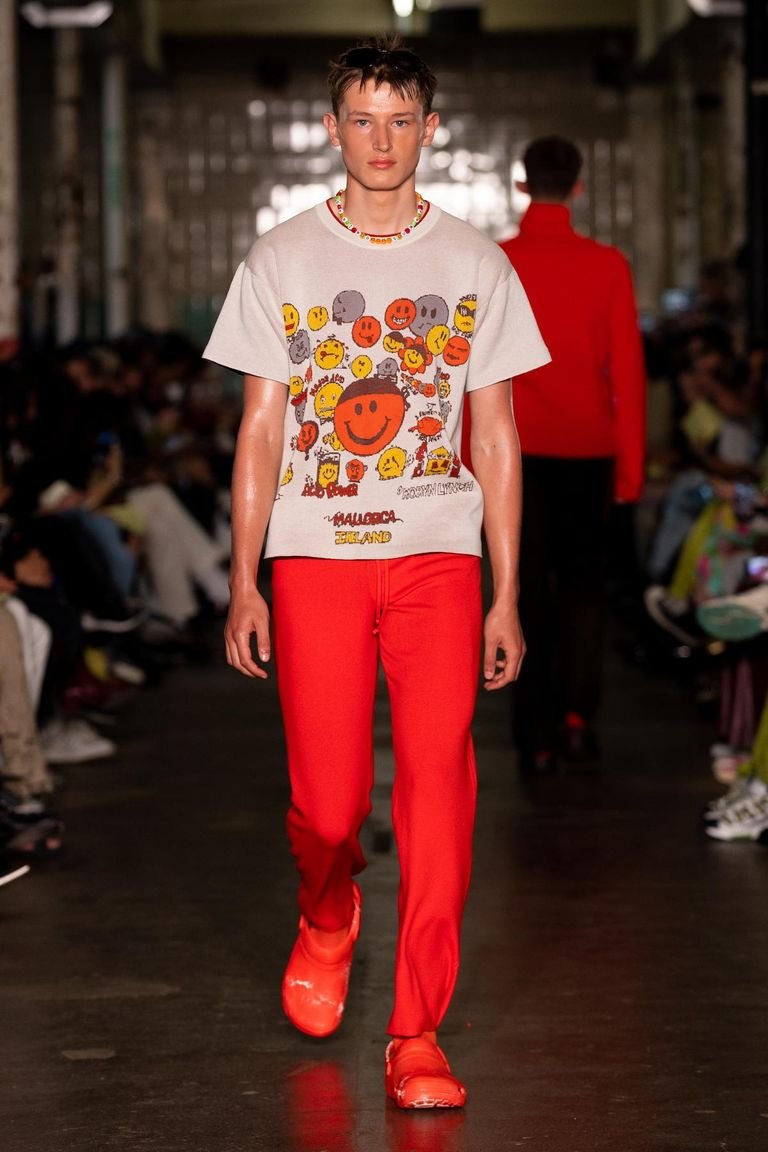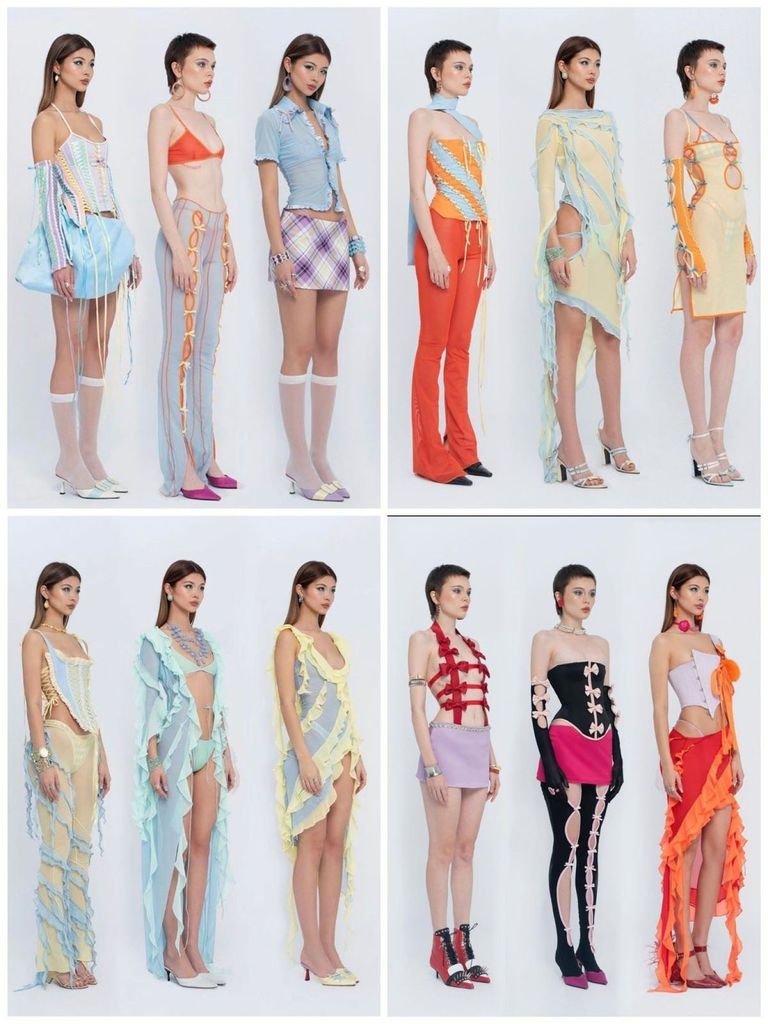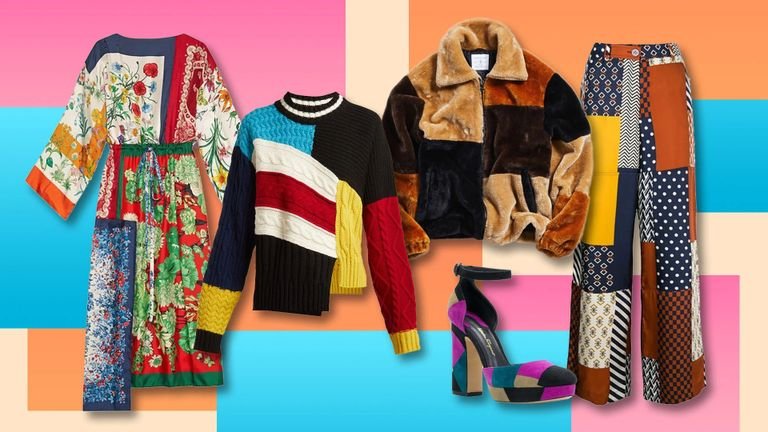Local Copycat: Survival Strategies
The phenomenon of a newly launched clothing item having a cheaper version available on e-commerce platforms is not uncommon. Building a brand is challenging, and overcoming those who love to imitate is even more difficult.

How to stand out when copying becomes too easy? | Source: Fanciclub, Dearjose
In the world of fashion, especially in Vietnamese streetwear, “Copying – Imitation” is not a new occurrence. Many might think that only Vietnamese brands steal ideas from international ones. However, this is entirely false. Even local brands are facing issues with counterfeit and imitation products flooding e-commerce platforms at unbeatable prices.
Among these products, those most copied are graphic items – designs printed on T-shirts (70%), hoodies (20%), and other items (10%).
The ease of replicating designs and mass-producing them makes it incredibly competitive for these “followers” to offer products at lower costs.
However, part of the blame for stolen products lies within the development strategy of a brand. Do you know why?
Confusion between Core and Mainstream Products
Clearly, designs with graphics or logos are effective tools for entering the mass market, enhancing brand recognition. However, we need to distinguish between two concepts: “core products” and “mainstream products.”

It’s necessary to create a core product before moving on to mass-market products | Source: Wallpaper
Core products are designs that establish a brand’s identity, convey its story, aesthetic, and the founders’ taste. Mainstream products are mass-produced at reasonable prices to increase revenue and easily reach customers.
To give mainstream products a standing, a brand needs to build it based on the reputation and image of the “core products.” This is a fundamental principle.
Yet, some still believe that “Logo/Big Logo/Logomania” is the “core product” to position a brand. This is essentially a “market-sweeping” strategy, not a long-term move.

Brand value is what ultimately lingers in the minds of customers | Source: Dior
Many new brands still use logo-centric designs as a flagship product, while the core value remains unimprinted in the minds of consumers.
Imitation products with logos from big brands like Gucci, Dior, Louis Vuitton are everywhere. However, these brands hardly care about their logo appearing even on a sun-protective dress. This is because they consistently reinforce their core values through campaigns.
From the user’s perspective, customers choose products that are easy to wear and apply the brand logo with the belief that they carry a part of the brand’s essence, adding value to themselves.
This is also when those who want to slap a logo onto clothing without any consideration should rethink. The truth is, no consumer wants to wear a “faceless” logo on their clothes.
The Backward Trend: A Desperate Grasp for Survival
The era of logo and graphic printing in Vietnamese fashion entered a declining phase around 2020. The surge of Covid-19 created a significant downturn in Vietnamese street fashion. Families struggled for survival through easily producible and sellable products.
Naturally, establishing a streetwear brand solely with printed T-shirts became the easiest approach during this crisis. What was once an expansive market suddenly turned into an overcrowded one, with fierce competition among 1,000-2,000 different brands.

The increasing use of patterns, prints, and logos makes them less appealing | Source: Trendhunter
In a market exploding with product quantity, the story is no longer just about what is printed on the shirts. The competition between local brands is shifting towards the quality of the printing, how it’s designed, whether it’s crafted by Vietnamese designers or borrowed designs. However, these “noises” cannot conceal the truth that the market has lost its vibrancy.
The primary customers of these local brands are young people, individuals who are gradually maturing and changing their fashion mindset. Graphic prints are no longer as appealing to them. Fashion communities in Vietnam also express a lack of enthusiasm for plain graphic products—though not necessarily dismissive.
Customers now demand more than a simple graphic product. Since mid-2020, the most sought-after products are those with designs emphasizing form, cuts, and environmentally friendly materials. Even if there are prints, they need to be accompanied by unique forms, creating a distinct identity.

Customers are increasingly paying attention to styles and material combinations | Source: Fanciclub
When a fashion brand realizes that it is not receiving respect, not creating differentiation with graphic-printed shirts anymore, it’s time to change. Instead of chasing the market, fashion creators will shift the focus back to the core elements—the backbone of the industry: fabric, technical processing, and color of clothing.
Combating Counterfeiting through Materials and Technical Processing
Materials, technical processing, and color also contribute to the brand identity. They allow designers and founders to clearly express their individuality and the brand story to the public. However, this approach requires more effort, time, and creativity.
While surface-level graphic prints are a common expression, incorporating simple patterns involves printing on a flat surface while utilizing materials and processing that penetrate deeply into the “skeleton” of the garment. The cutting technique, fabric selection, and design contribute to a unique DNA that cannot be perfectly replicated.

Open up a different path through core techniques | Source: Stylecaster
In reality, stealing materials and their processing is an uneconomical challenge. Copying an entire design is not a practical endeavor – it’s laborious, expensive, and not easily marketable.
Currently, local brands have begun transforming themselves, introducing differentiation through various elements. For instance, they have diversified in terms of layering, patchwork, cutting, fraying, and deconstruction, utilizing materials like corduroy, jeans, and denim.

Attention to differentiation through materials, colors, and designs helps a brand be ‘sustainable’ from the start | Source: Dior
As customers mature, their fashion taste becomes more challenging and diverse. The key customer segment in the near future is likely to be Gen Z, a generation exposed to a wealth of knowledge from past to present through the Internet.
The domestic fashion market will experience more dynamics. However, as more brands invest in core values, the market will become competitive yet healthier, richer in creativity. Fashion, in this context, will no longer be about simply printing an image on a shirt but will prompt the question, “What will customers remember about me?”


